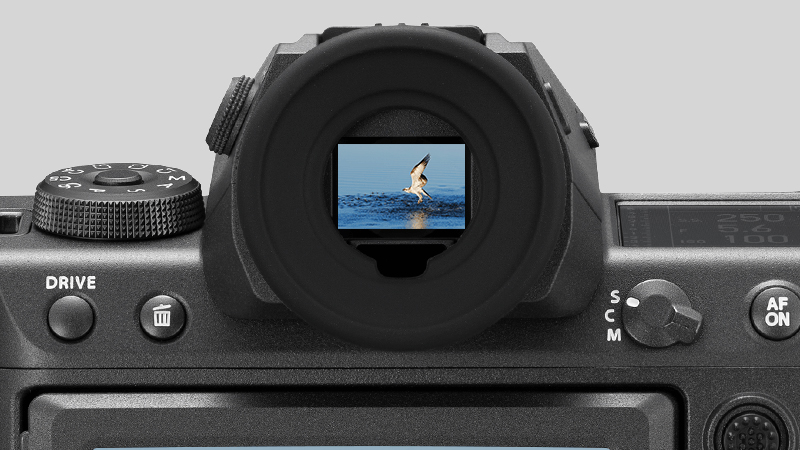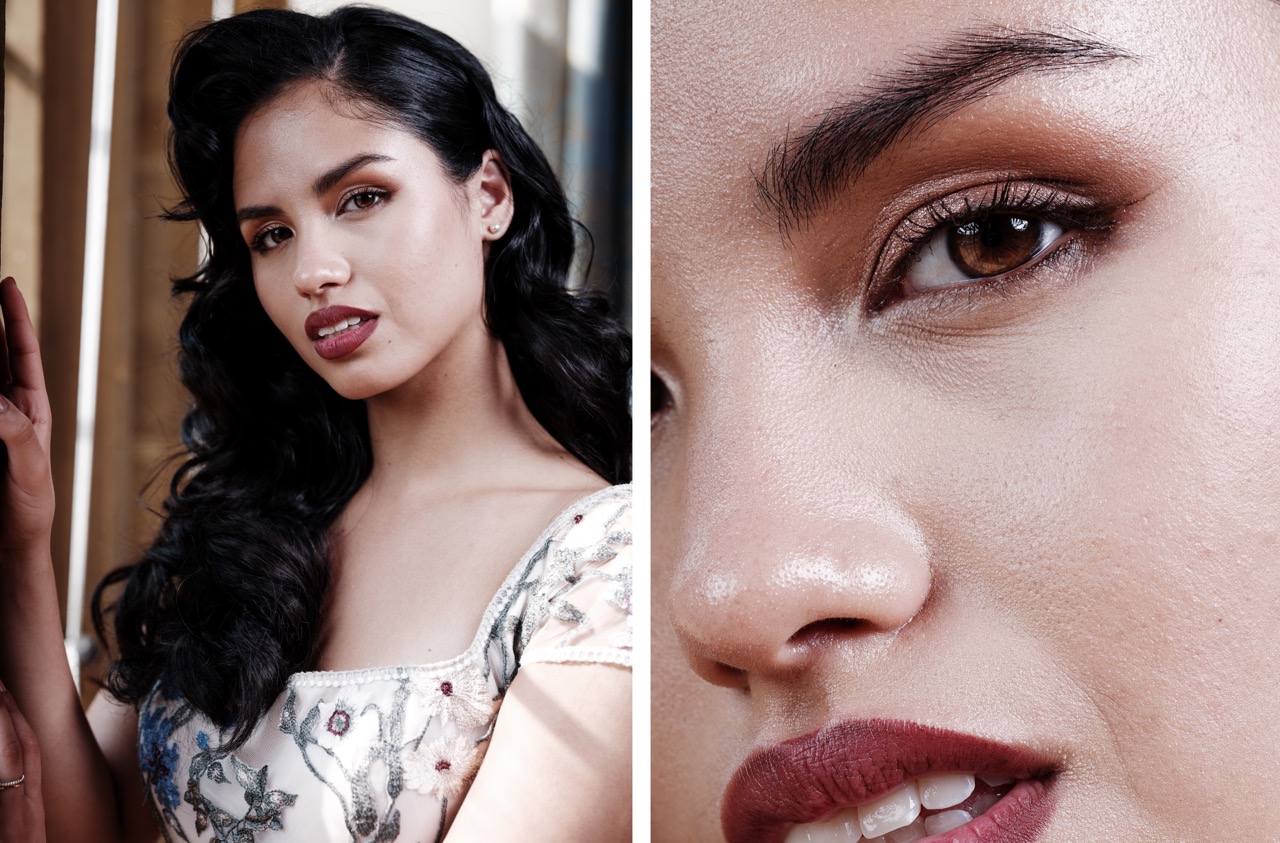
I have been shooting primarily with the Fujifilm GFX 50S II since its release in 2021 and have had no desire to upgrade anytime soon. That was until I spent the day using a 100MP medium format beast!
I recently attended a portfolio-building event in the UK sponsored by Fujifilm. At the event, guests had access to the best Fujifilm cameras and GF lenses, and I chose the Fujifilm GFX 100 II as my companion for the day – I was instantly hooked!

The GFX system is Fujifilm's medium format range of cameras, and upon its release, opened medium format photography to the masses. The GFX 100 II was released late last year featuring a new processor and sensor combo, further pushing the boundaries of what medium format can do.
I am used to the exceptional colors, film simulations, and image quality of the GFX system, and as far as the final image output, it has been my favorite system to use in my work. The GFX 100 II steps this up further by improving processing speed, faster AF, and adding video capabilities unheard of on a medium format stills camera.
My sticking point with the GFX 50S II has always been focusing, especially in low-light situations. As it was my first medium format since switching from DSLR, I chalked this up to the nature of medium-format cameras and adapted my way of shooting to be a slower-paced and more considered approach to hitting the shutter. I needn't have bothered as if that was the nature of the medium format, it has now evolved.
I used the GFX 100 II coupled with the outstanding GF 110mm F2 for the majority of the day, and despite working with Elinchrom's off-camera flash in dark environments, it never failed to nail focus. I shot in High-Speed Sync (HSS0 in a fast-paced environment with no issues, something I often struggled with on the 50S II.

In addition to the larger sensor performing better in low light, the image quality on the GFX 100 II is unlike anything I have ever seen on the back of a camera. It is exceptionally sharp, and for those pixel peepers among you, the thrill of zooming in to 200% and seeing so much detail is unmatched.
The level of detail captured makes post-processing a dream and enables an almost unrelenting amount of cropping after the fact, however, with high detail comes high file sizes so do be wary if thinking of purchasing.
The final nail in the coffin, or rather my wallet, was the EVF. Since switching to mirrorless, I am ashamed to say that I rarely use the EVF and instead opt for the screen. However, the EVF on the GFX 100 II is a beast and saved me no end while shooting in bright daylight.
Featuring 9.44 million dots and a 1.0x magnification, it is hands down the most impressive EVF I have ever used and had me shooting like I did in my DSLR days.
The Fujifilm GFX 100 II is on the pricey side, fetching $7,499 / £6,999 / AU $12,000, but if you are a working photographer, investing in the best tools for the job pays off – at least that's what I'm telling myself!
You may also be interested in our guides to the best medium format cameras, the best Fujifilm cameras, and the best Fujifilm GF lenses.







